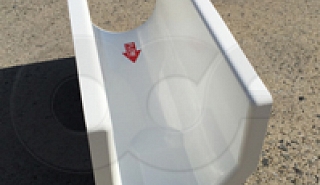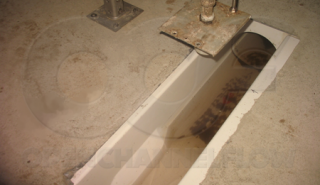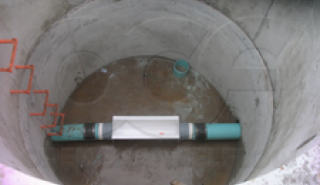Unlike most other flume styles developed for irrigation flows and then applied to other uses, the Palmer-Bowlus Flume was specifically designed to measure sanitary sewage / wastewater flows from the outset.
The Palmer-Bowlus Flume is widely used to measure industrial discharges, municipal sewer flows, and influent / effluent at wastewater treatment plants and is second only to the Parshall Flume in popularity.
Palmer-Bowlus Flume Accessories
Openchannelflow offers a range of accessories to assist you in customizing your Palmer-Bowlus Flume. In general, the accessories offered are one of four types:
-
Piping / end connections
-
Flow condition options
-
Flowmeter mounts
-
Sampler / parameter mounts
-
Custom configurations (nesting, surge boxes, etc.)
Unlike Cutthroat or Parshall Flumes, extended sidewalls are not offered to increase flow capacity through Palmer-Bowlus Flumes as the flume has a specific operating range.
Palmer-Bowlus Flume Applications
Typical Palmer-Bowlus Flume installations:
- Industrial pre-treatment
- Dam seepage monitoring
- Cross jurisdiction flows
- Sewage treatment plant flows
- Spring discharge
- Well pumping tests
How a Palmer-Bowlus Flume Operates
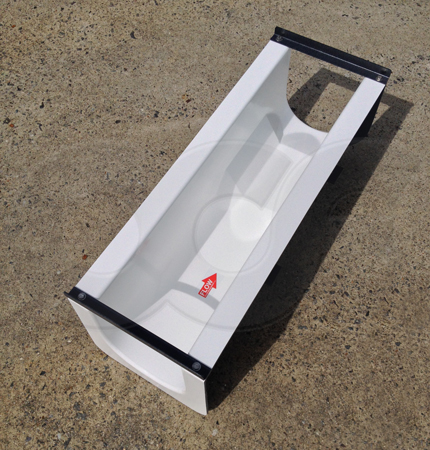 Designed for installation in existing manhole channels and inline with sewer piping, Palmer-Bowlus Flumes have a U-shaped cross-section to minimize the transition of flow through the flume. A raised trapezoidal ramp section creates the throat of a Palmer-Bowlus Flume. As the floor of the flume rises, the sidewalls also contract.
Designed for installation in existing manhole channels and inline with sewer piping, Palmer-Bowlus Flumes have a U-shaped cross-section to minimize the transition of flow through the flume. A raised trapezoidal ramp section creates the throat of a Palmer-Bowlus Flume. As the floor of the flume rises, the sidewalls also contract.
The result is that flow is accelerated through the throat by combining a change in floor elevation with a vertical constriction of the sidewalls. Unlike the more common Parshall Flume, there is no need to accommodate an elevation change. Both the inlet and outlet of the Palmer-Bowlus Flume are at the same elevation.
Like Cutthroat and RBC Flumes, the Palmer-Bowlus design is dimensionless, with each flume size based upon a standard design.
The dimensions for any particular size Palmer-Bowlus rely on only one dimension, D - the width of the flume. With D known, all of the other dimensions can be readily determined.
five variations of Palmer-Bowlus flume:
- Permanent Style with Integral Approach
- Short Section Style with Integral Approach
- Permanent Style without Approach
- Insert Style
- Cutback (Insert) Style
Each variation serves a particular purpose. For a more in-depth discussion of the various Palmer-Bowlus styles, their layouts, and applications, refer to this site's Dimensions section.
The point of measurement in a Palmer-Bowlus Flume is located a distance D/2 upstream of the beginning of the throat ramp (where D is equal to the flume size).
Palmer-Bowlus Flumes are of the Long-Throated type. As a result, their characteristics can be calculated by computer (unlike Short-Throated flumes like the Parshall, which are empirical devices and must be laboratory calibrated).
Over the years, (18) Palmer-Bowlus Flume size have been developed - ranging from 4 to 72-inches. In practice however, it is rare to see Palmer-Bowlus Flumes in sizes above 24-inches.
Developing the Palmer-Bowlus Flume
The Palmer-Bowlus Flume is the result of the investigations started in the 1930s by two engineers of the Los Angeles County Sanitation Department, Harold Palmer and Fred Bowlus, into adapting Venturi flumes for use in sanitary sewers.
Their goal was to develop a simple, low-cost flume that adapted easily to the round pipes and U-channels found in sanitary sewer applications.
While popular, the Palmer-Bowlus Flume has not been as thoroughly investigated as the Parshall Flume.

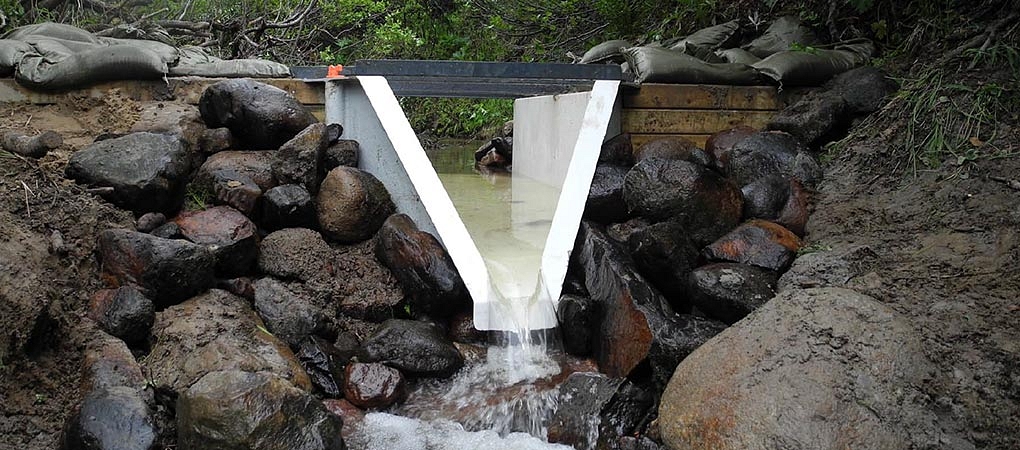
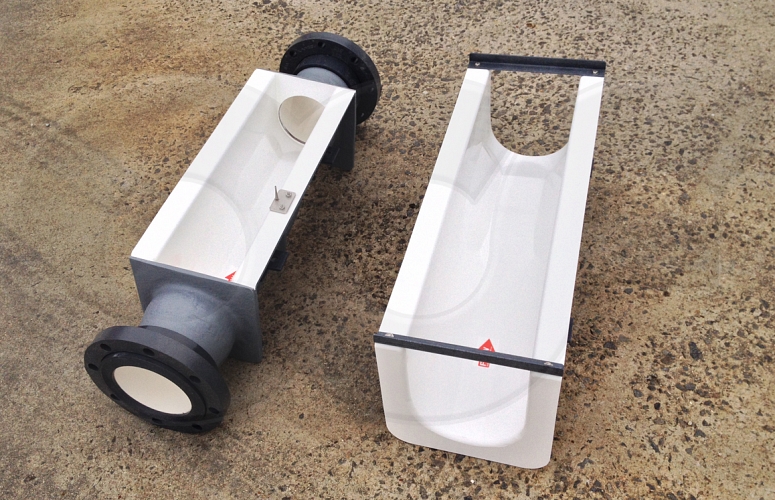
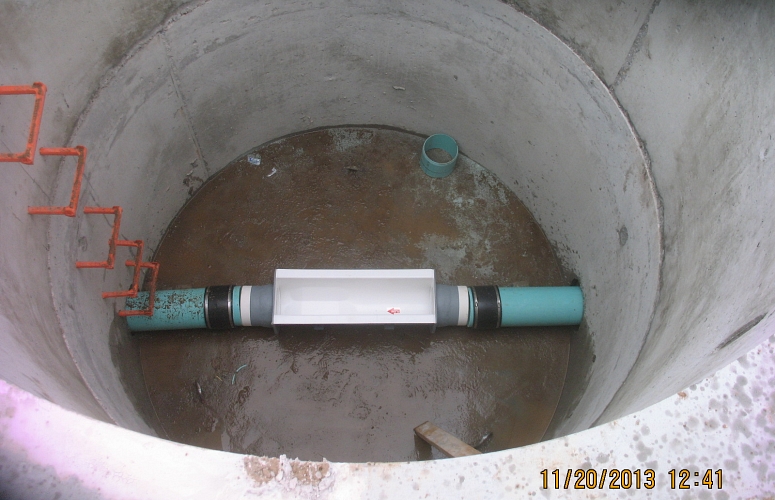
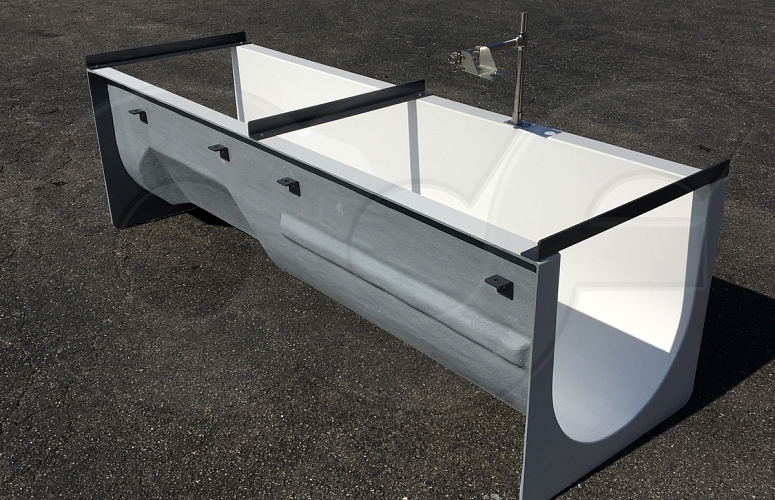
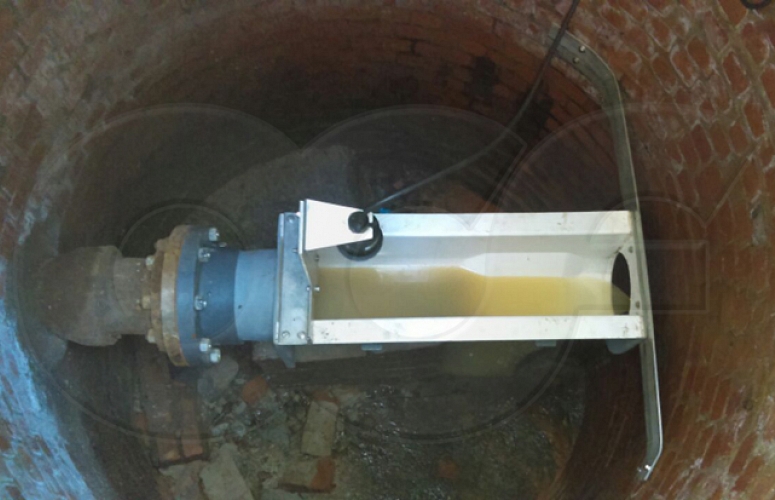
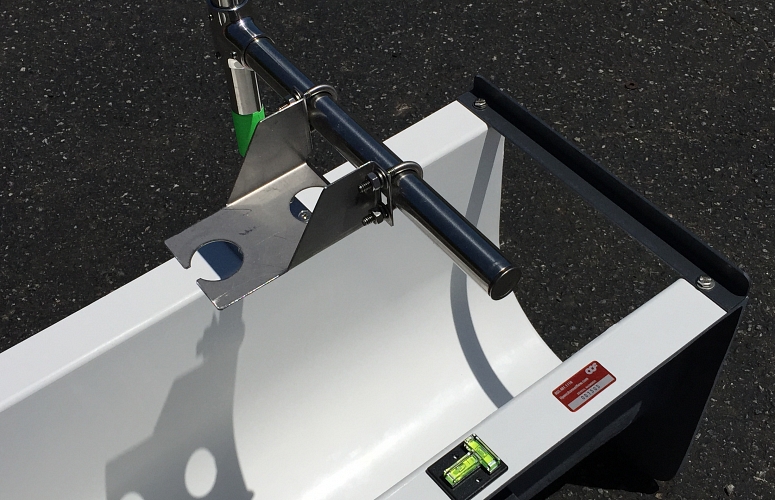
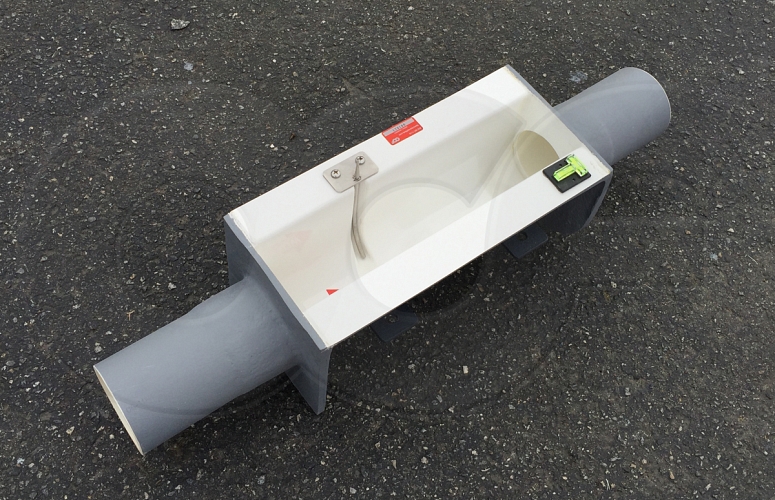
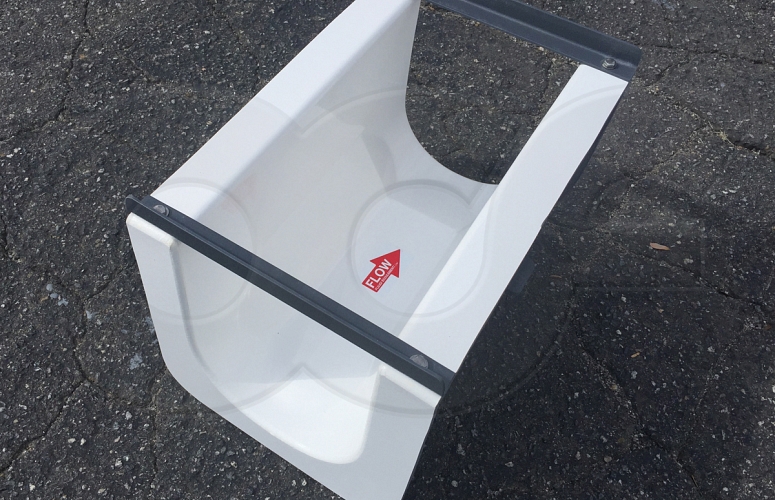
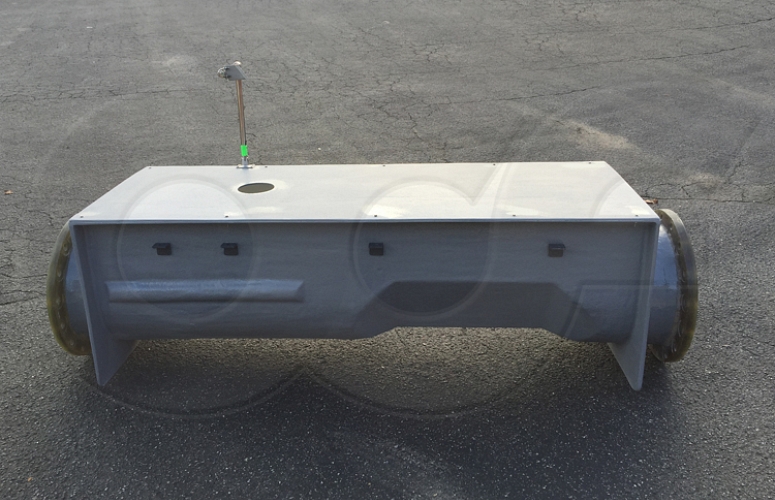
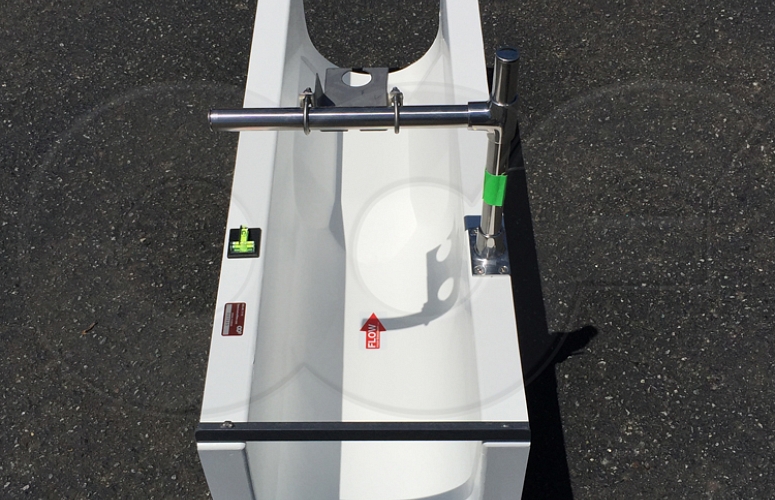
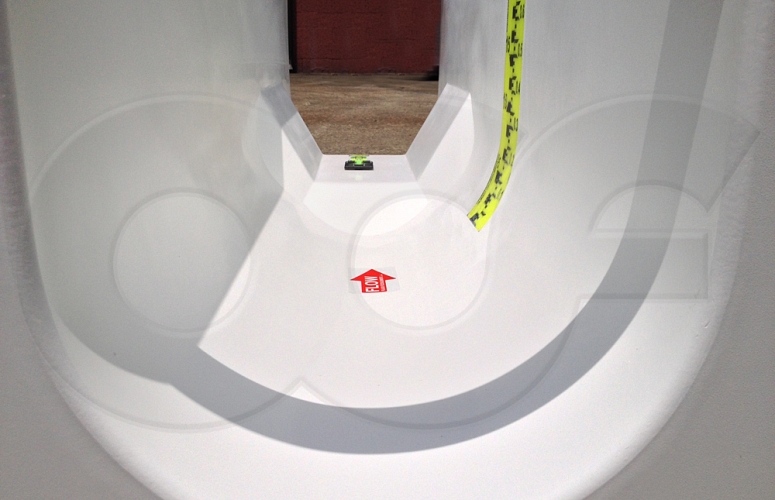
 Blogs
Blogs Drawings
Drawings Downloads
Downloads Warranty
Warranty